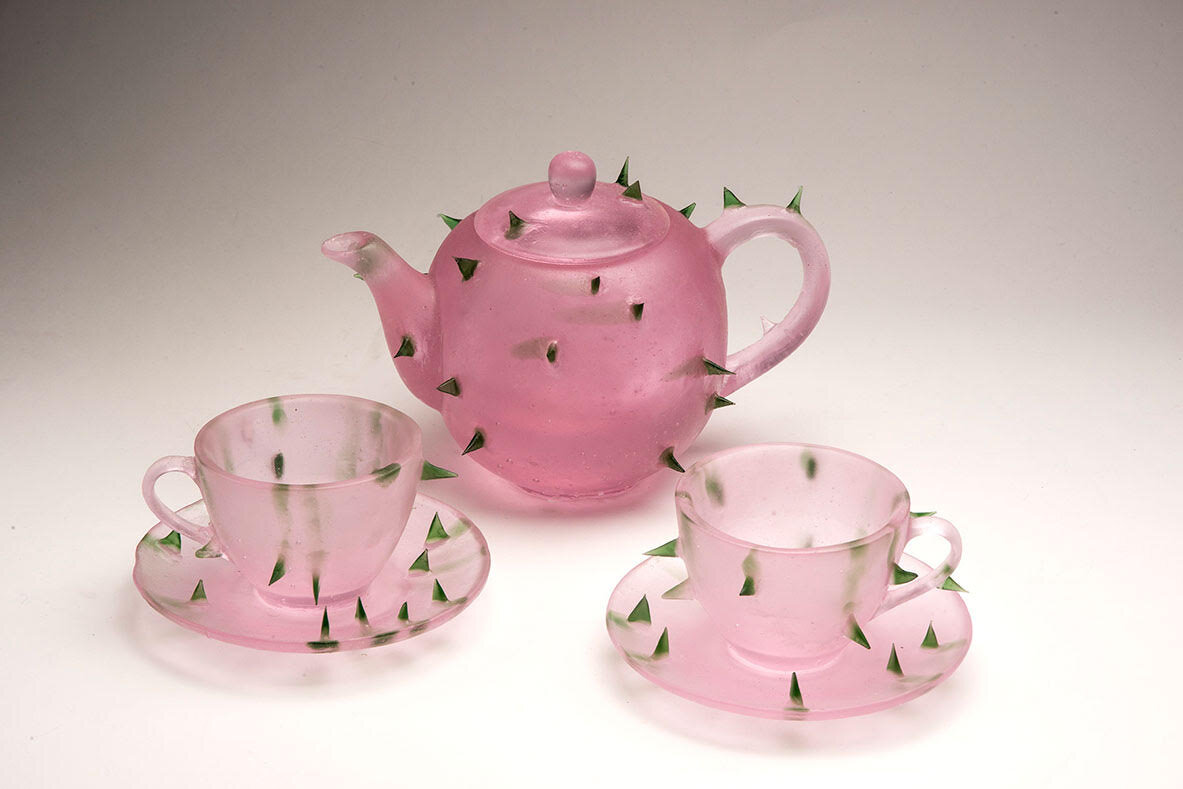Basta / Enough
October 28 - December 15, 2021
At the Embassy of Argentina
Basta / Enough
This is a project based on the reproduction of portraits of women of different ages and ethnicities on which the word BASTA has been printed in different languages, including the languages of native peoples. All of them saying ENOUGH TO VIOLENCE AGAINST WOMEN.
Through social networks the artist took an action, asking women to send their portraits.
Many of these women have been able to break the silence and get out of violent relationships.
“One of these women has chosen to send me the photo of the day on which she had finished a chemotherapy treatment. Another one told me that a man had tried to abuse her on the train. Her expression is one of rage and rebellion.” Levenson
"In this installation, we are all serious, we are outraged and we want to join our voices to say Enough”. Levenson
This is just one part of our reality in a world where 50,000 femicides occur each year.
Photos of women from Latin America, Australia, Asia, the United States, and Europe united saying “ENOUGH”.
Again, Levenson’s work denounces violence against women and structural violence.
Levenson’s body of work, always committed to the feminist agenda, tells us about fear, discrimination, and violence that start at an early age.
In addition, she emphasizes the collective. Women of different ethnicities, ages, or social conditions that tell us “enough” to a world where inequality reigns.
The glass that hides everything behind the windows of a house or the transparent glass that shows everything.
The paradox of glass and of a society open to social media, showing its emotions and desires but hiding what is concealed behind it.
The beauty of Levenson's sculpted glass turned into tools to show accepted impunity and complicit silence.
Gabriela Rosso
-----
I believe that there are no neutral materials; in my work, I mainly use glass because I am fascinated by its ambiguity. It is a material that we all know well because it protects and isolates our homes, we use it to preserve our foods and beverages but in some ways we also know that it is fragile, that it can break into thousands of tiny pieces and hurt us. For my work, it becomes the ideal material to show the ambiguity of human relationships and of the things that exist but that hide behind the thousand folds of what we call reality.
Furthermore, as Tina Olkdown noted, “women's works, such as cooking and crafts, is often sarcastically described as a product of “loving hands at home” and it is considered the antithesis of male-dominated “high art”. I use a very traditional, hand-crafted material to describe not what we put on top of our furniture but what we carefully hide under our rugs.
Silvia Levenson














